Mathematics Major: RSA Cryptography and Prime Number Analysis
VerifiedAdded on 2023/06/05
|8
|1291
|117
Homework Assignment
AI Summary
This assignment delves into the core concepts of RSA cryptography. It begins by generating public and private keys using a student ID and the nextprime function to find two prime numbers of the form 4n+1. The solution then demonstrates the encryption and decryption processes using modular exponentiation. Furthermore, the assignment explores breaking the keys by representing the prime numbers as the sum of two squares, drawing right-angled triangles, and applying Euler's Factorization Method. The solution also proves how the original primes P1 and P2 can be recovered if φ(N) and N are known. Finally, it investigates the Weiner attack, analyzing the continued fraction of e/N to potentially reveal the private key, and ultimately demonstrates how the prime factors can be recovered using the provided information, demonstrating the security considerations and vulnerabilities associated with RSA encryption.
1 out of 8
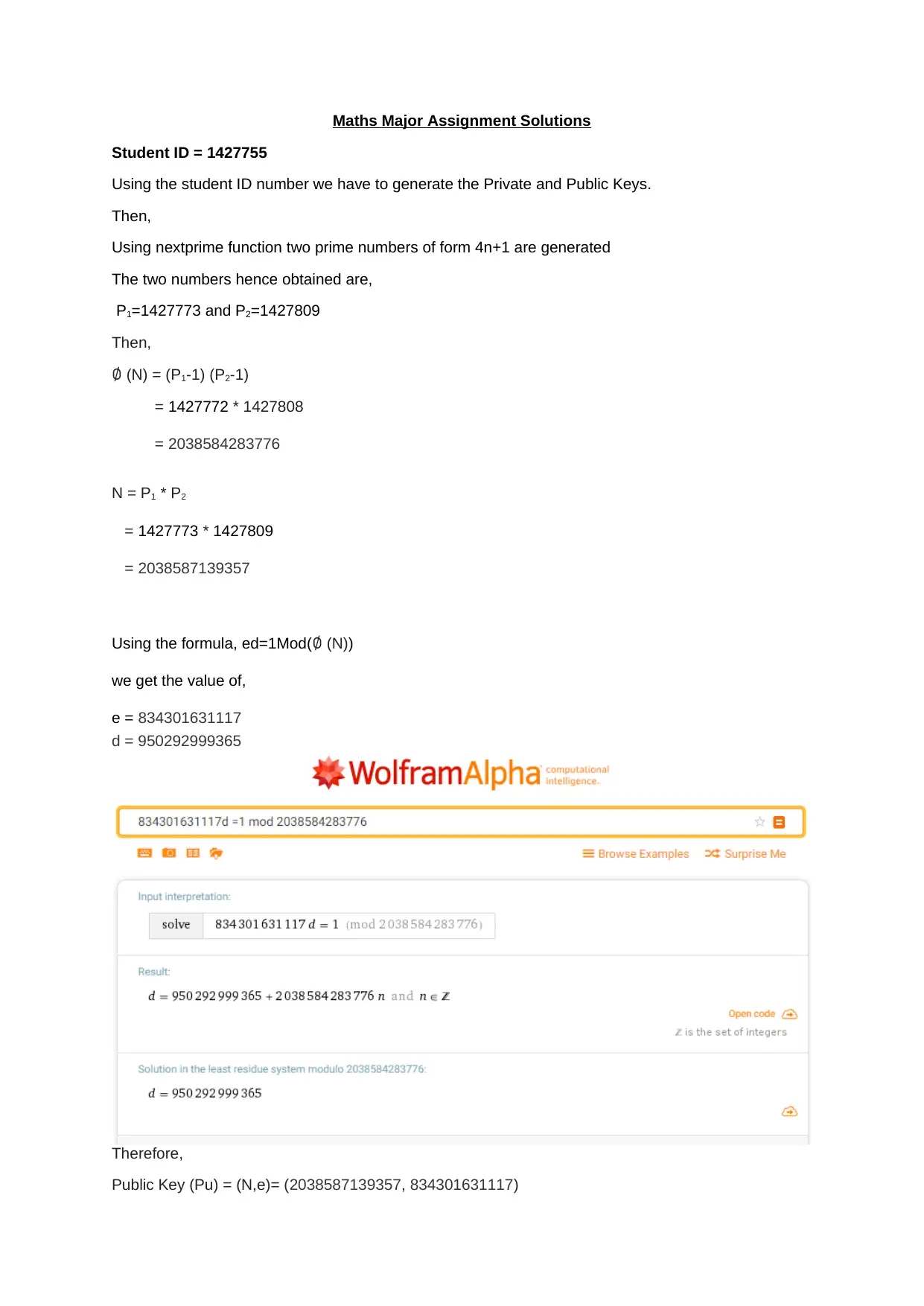
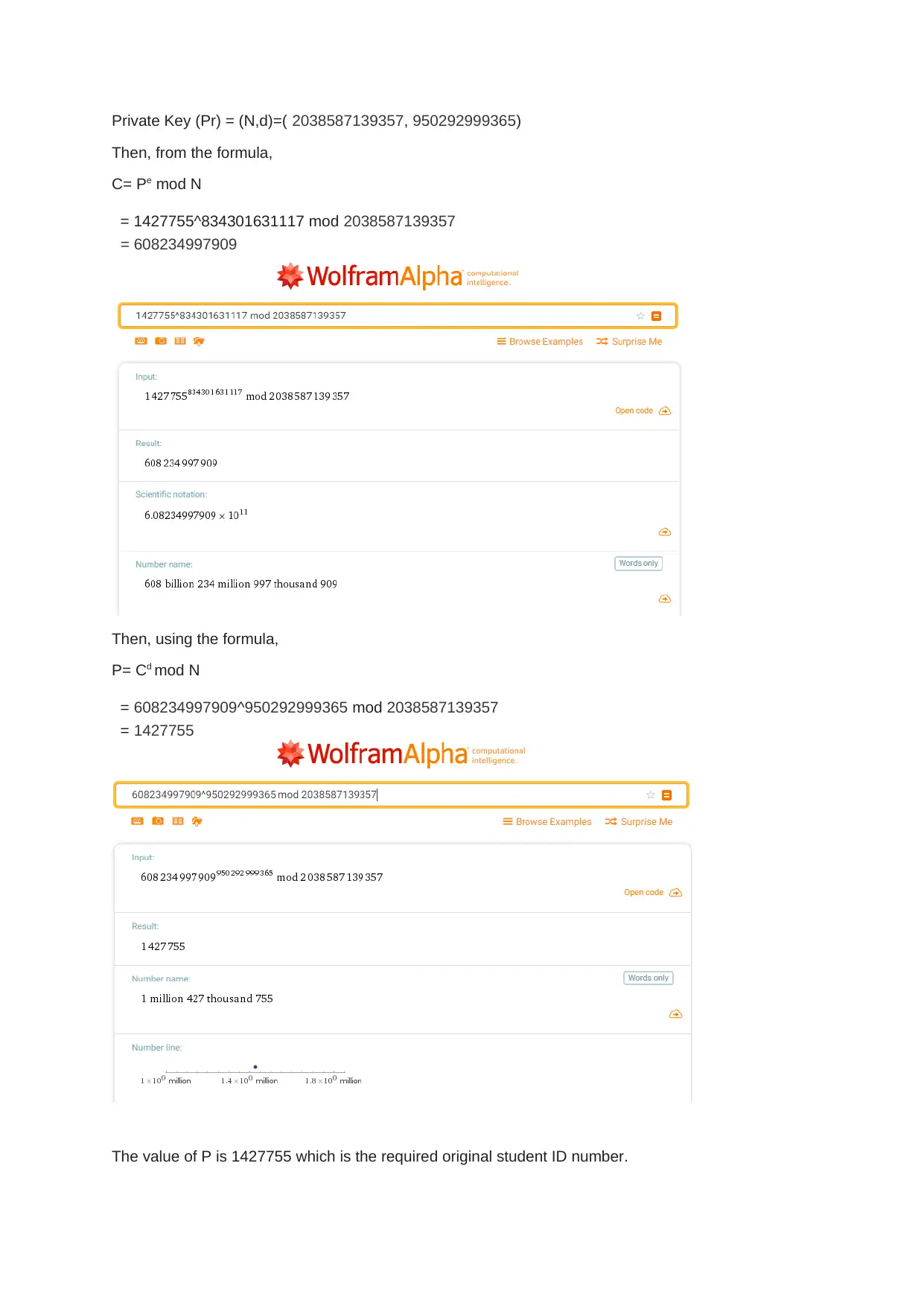
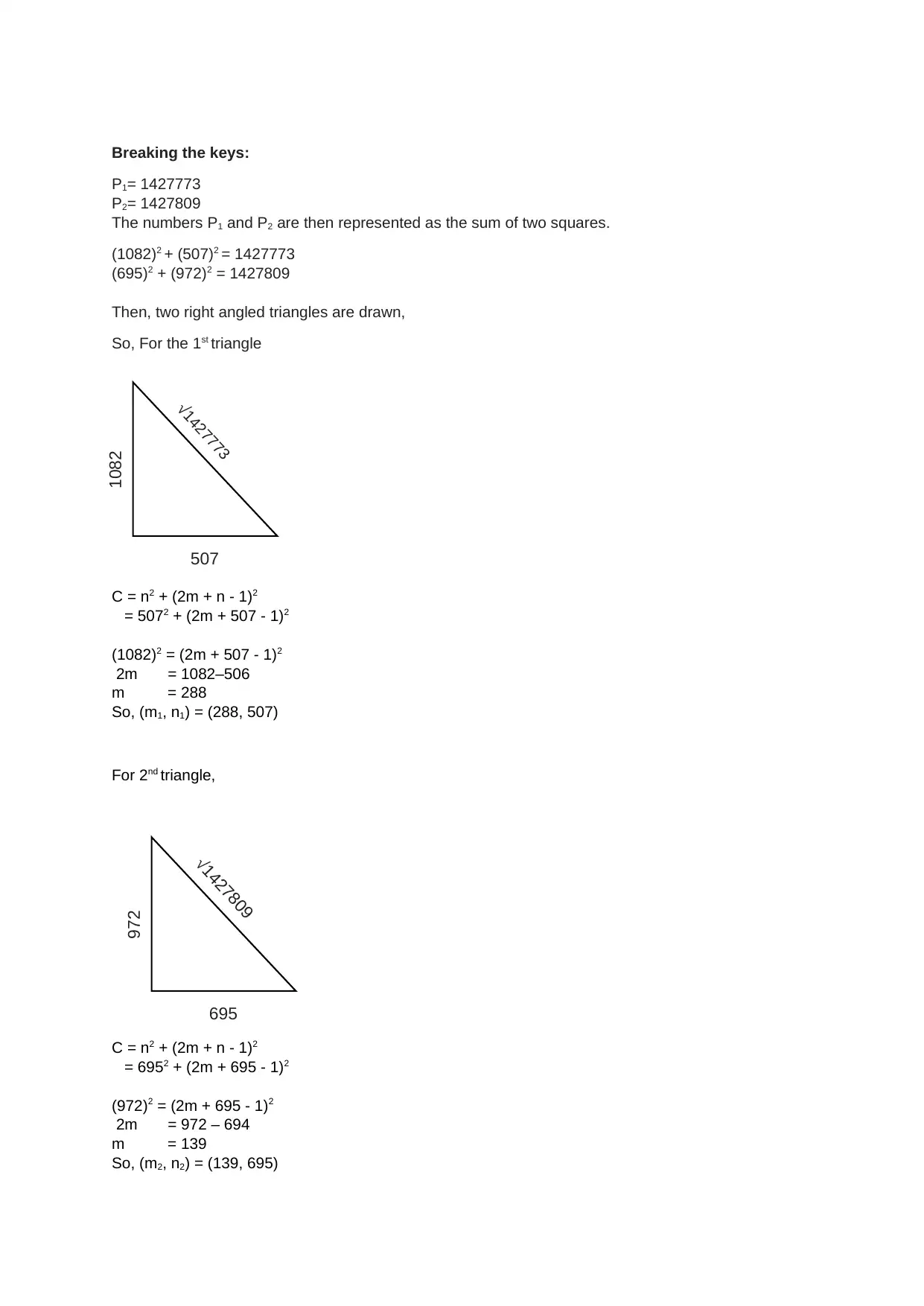

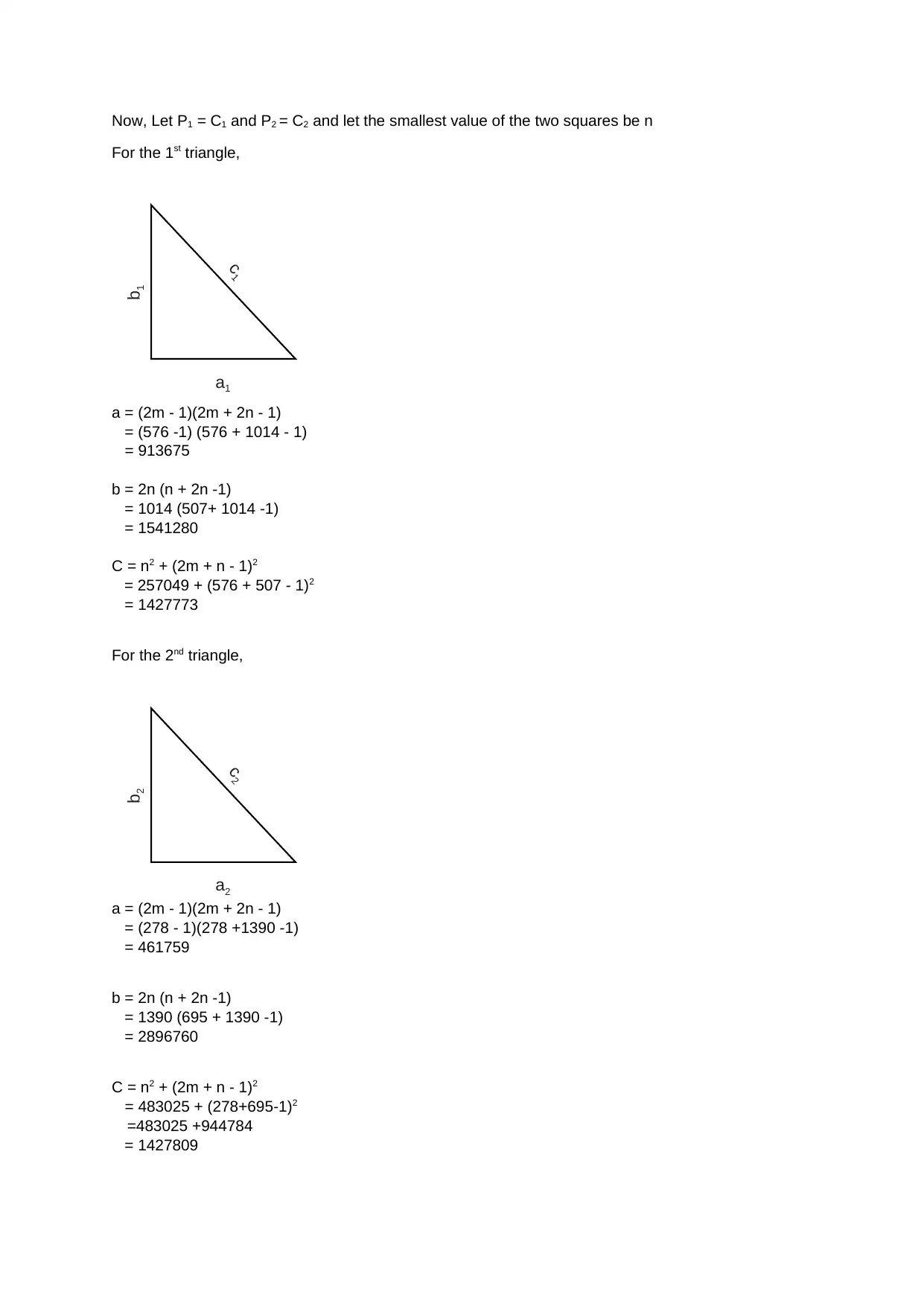
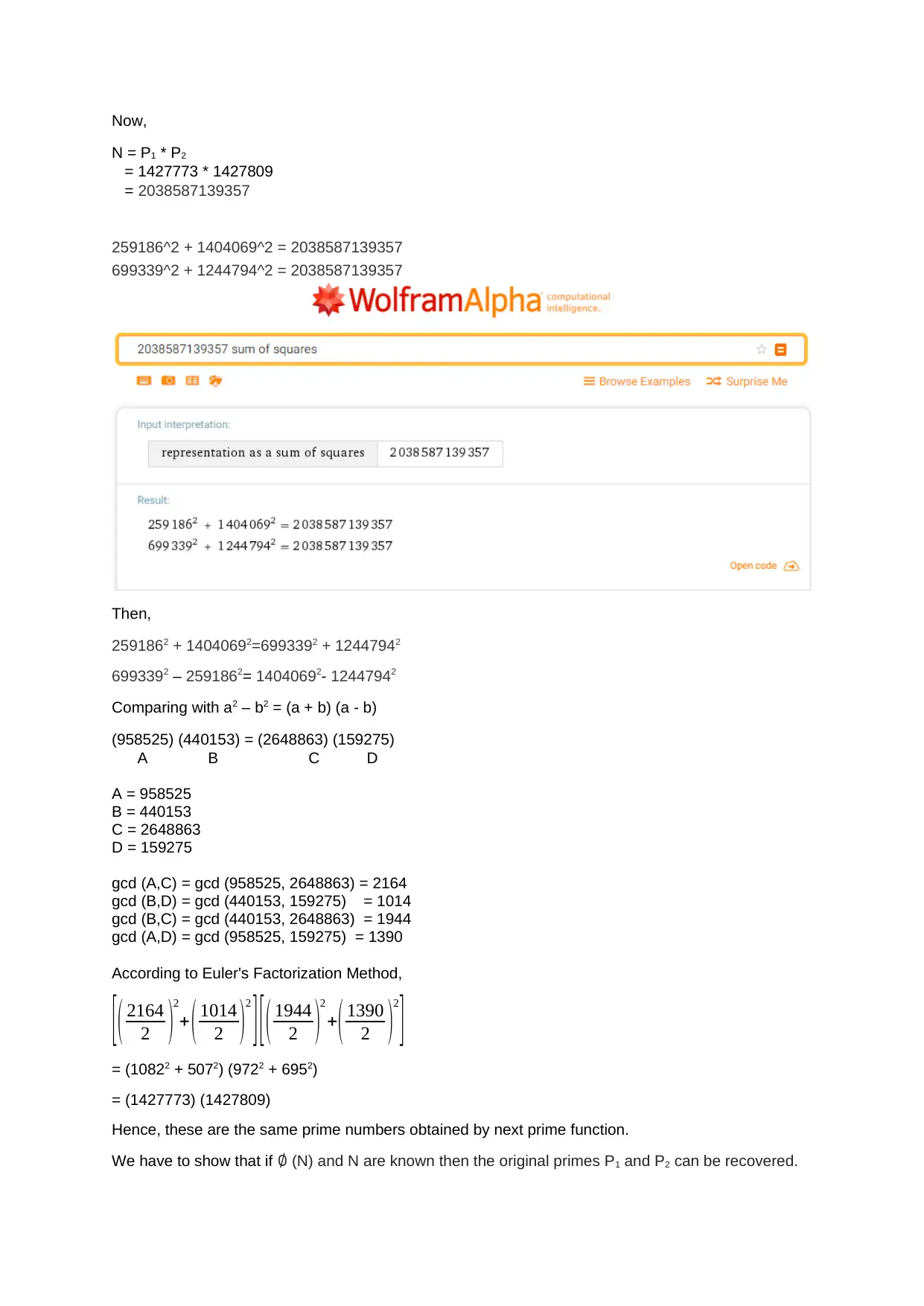
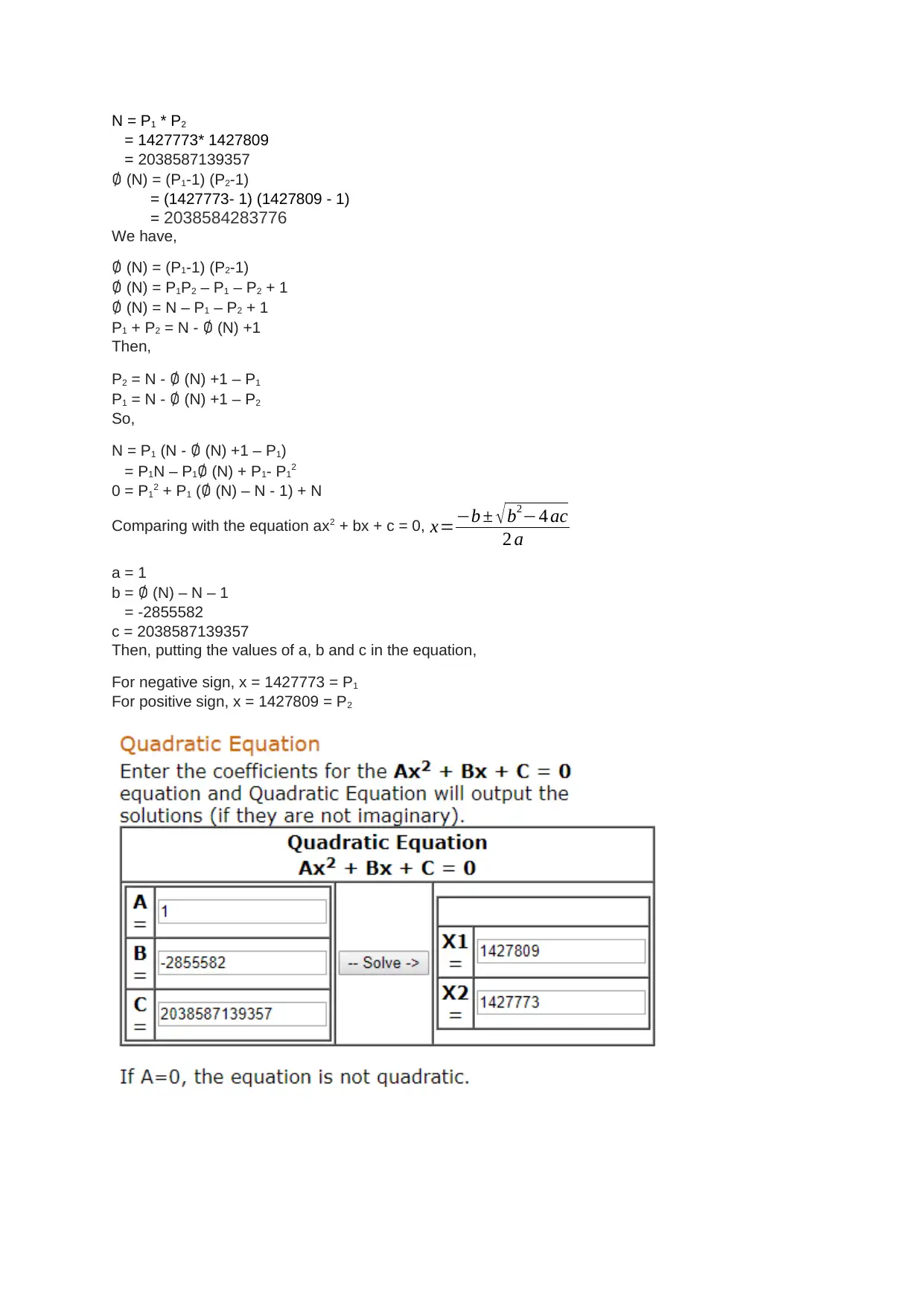
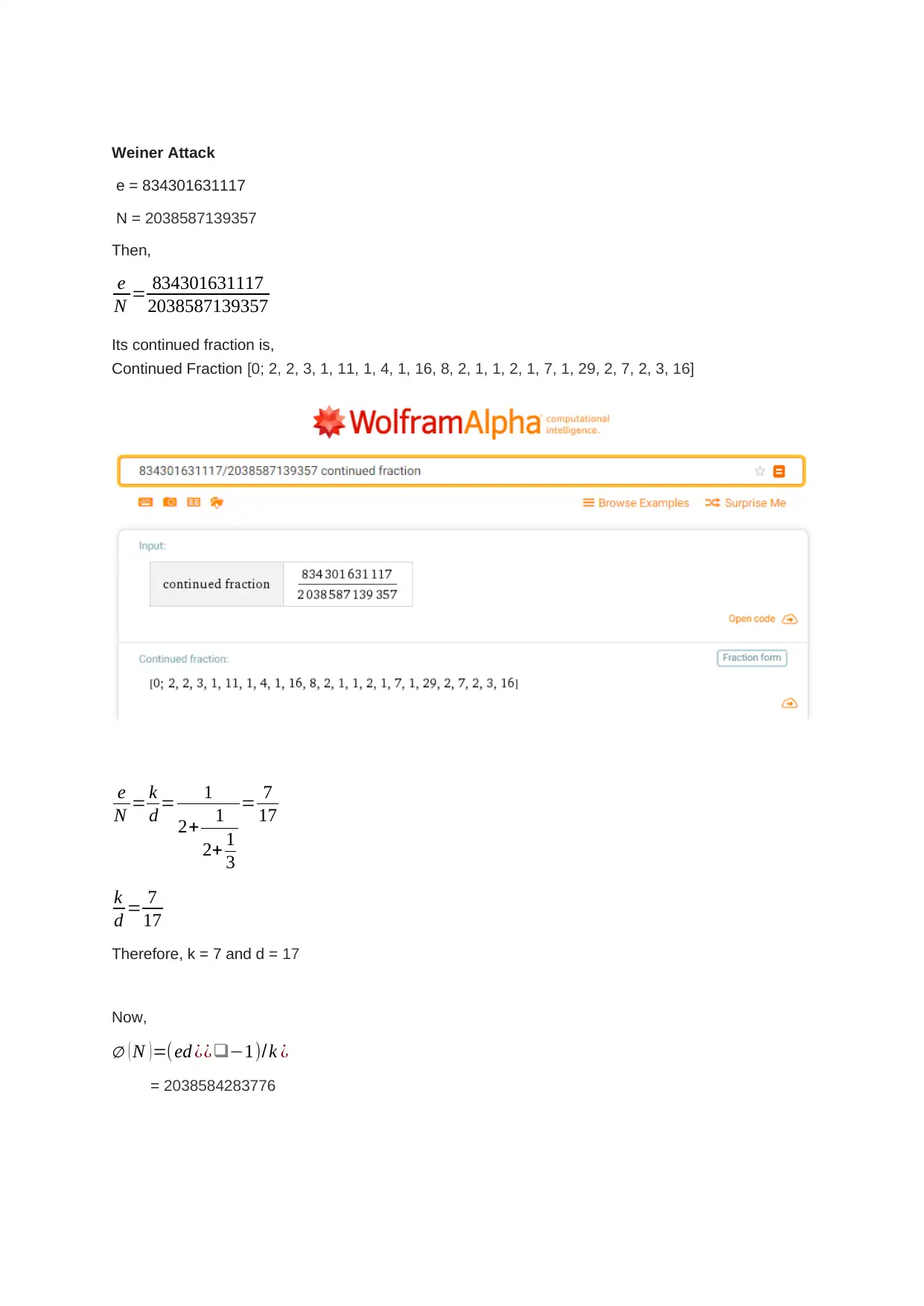
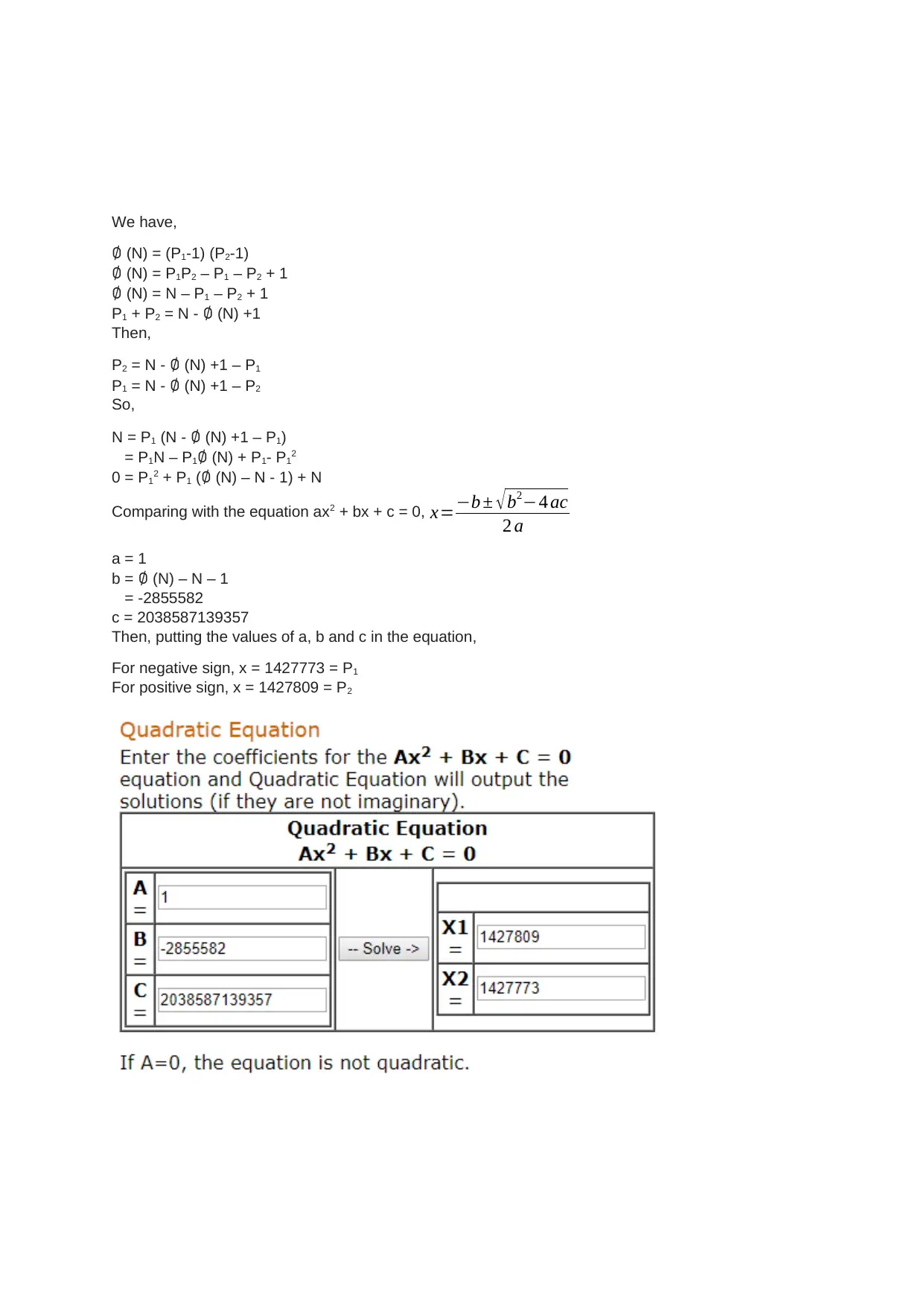
![[object Object]](/_next/static/media/star-bottom.7253800d.svg)